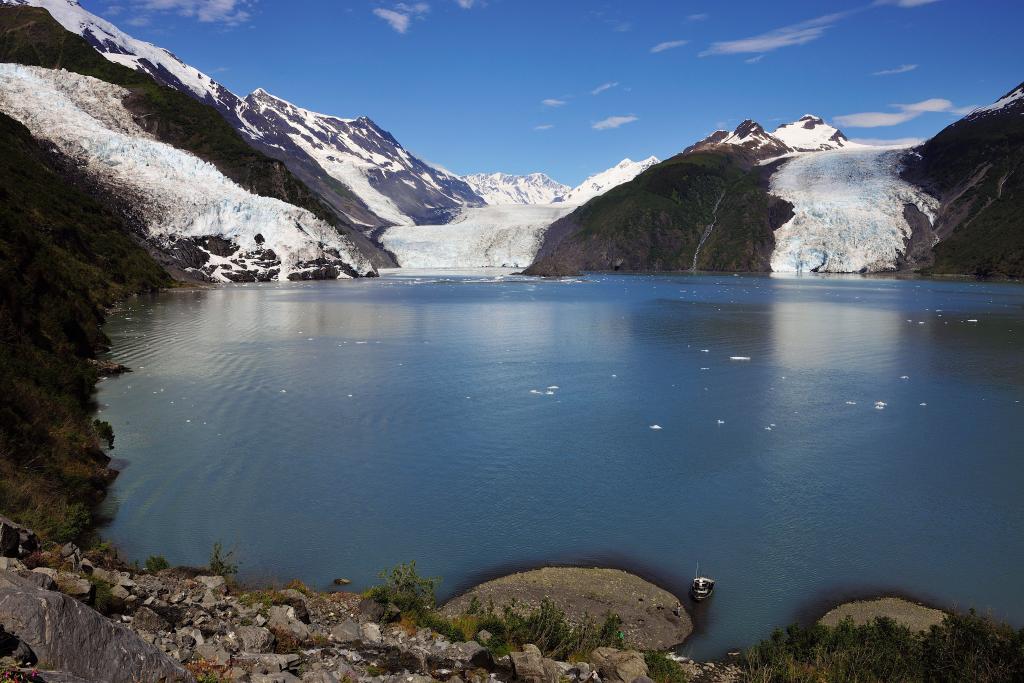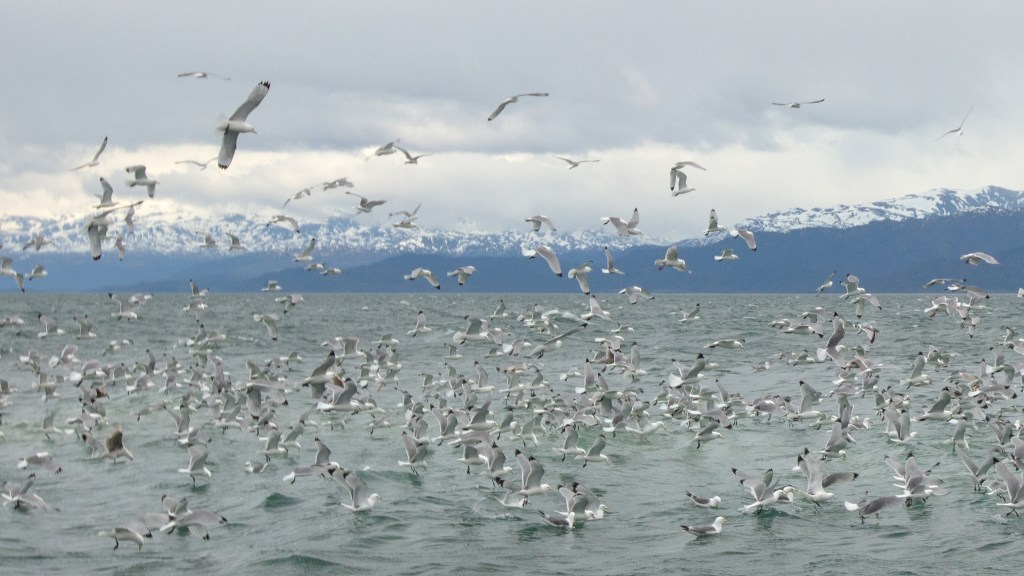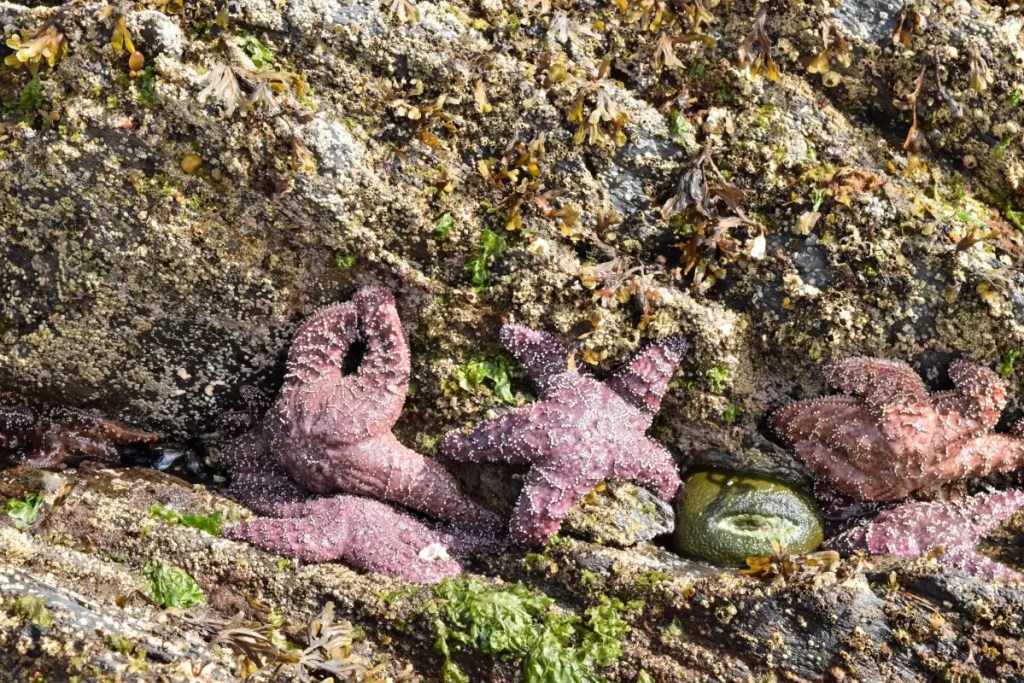When you think of Mississippi’s Gulf Coast, cities like Biloxi and Gulfport are top of mind.
Not only do they offer scenic beaches and plenty of ways to get out on the water, but they’re also home to some of the state’s top entertainment venues. Biloxi is all about large casino-resorts, which dot its waterfront. Gulfport, on the other hand, has more family-friendly amenities, from its grand aquarium to its large marina.
Together, Biloxi and Gulfport make up the Riviera of the South. Like many other Gulf beach towns, they’re known for their slow pace of life and delightful coastlines.
But they aren’t the end-all of must-visit Mississippi beach towns.
Only a short drive away waits Bay Saint Louis.
It’s accessible as a short day trip from Biloxi and Gulfport, in case you want to really dig into the Gulf Coast, Alternatively, you can also stay in Bay Saint Louis if you want to truly soak up that slow pace.
Regardless, here’s what you can’t miss in Bay Saint Louis.
Things to do in Bay Saint Louis
Take to the water
Bay Saint Louis has a beach; unfortunately, it’s not the best stretch of sand for sunbathing and swimming. Instead, Bay Saint Louis’s beaches are perfect for long strolls (with Fido, if you want, as they’re also dog-friendly). Uniquely, there are also ‘blueways’ that you can enjoy.
Blueways or water trails are routes you can take on kayaks or paddleboards, which are available for rent around town. Bodega Adventures is one of the easiest to find, as it’s located in Old Town Bay Saint Louis. (More on Old Town below.)
Additionally, Bay Saint Louis is ideal for fishing and boating. You can fish directly in Bay Saint Louis, or head to a popular bayou like Johnson Bayou or Mallini Bayou. But keep in mind that this area was affected by the Deepwater Horizon oil spill in 2019, which means some areas might still be off-limits for fishing.
If you’re interested in boating, I suggest referencing Waterway Guide. They have a pretty solid introduction on where to anchor around Bay Saint Louis.
Explore Old Town Bay Saint Louis (OTBSL) by day and/or night
Fantastic water adventures aside, one thing Bay Saint Louis has that nearby locations don’t is a charming old town district that you’ll want to spend hours exploring, similar to small cities like Bardstown, Kentucky.
Old Town has a long list of interesting shops, restaurants, bars, and more to get lost in. From vintage and second-hand stories to children’s boutiques to French bookstores, the shops alone could take up an entire afternoon. In terms of dining, you can go high-end, mom-and-pop, social-and-loud, and just about any other way you prefer for a night out.
My favorite group in Old Town Bay Saint Louis is probably the Mystic Krewe of the Seahorse, a historical and vibrant non-profit that regularly throws charity events and fetes that locals and visitors to join. Keep a lookout for the Pirate Day in the Bay event!
Stop by the local museums & historic sites
If you’ve been paying attention so far, you might be picking up on the fact that Bay Saint Louis has a slight edge—a funky one, too. That being said, this area is home to historical sites and unique museums that will capture your attention.
I suggest checking out the Alice Moseley Folk Art Museum, which is located inside another acclaimed museum, the L & N Train Depot. The L & N Train Depot is another must-see; there’s even a Mardi Gras museum located inside the defunct train station.
In terms of history, don’t miss out on Our Lady of the Gulf Catholic Church; this area remains heavily influenced by its Cajun history, including Catholicism. Additionally, check out 100 Men Hall, a historic Blues venue that was part of the Blues’ Chitlin’ Circuit from the heyday of the genre.
Soak up the culture with Art Walks on the Second Saturday of the month
If you’ll be in the area for the second Saturday of the month, make sure you visit Old Town. Every second Saturday, the main drag comes alive (even more than usual) with unique community events, special pop-ups, and much more.
Here’s a quick rundown of the lineup for summer. In June, you can enjoy a Caftans & Cocktails Second Saturday; in July, a celebration of Frida Kahlo’s achievements; in September, it’s tailing season!
I also want to point out that Cruisin’ the Coast stops off in Gulfport near Bay Saint Louis (though it’s not on a second Saturday). If you’re into car swaps, it doesn’t get any better than Cruisin’ the Coast (seriously, it’s billed as America’s Largest Block Party.)
(Tiki) cruise into the sunset—literally
Who passes up a chance to join a tiki cruise? When you stop in Bay Saint Louis, you have one can’t-miss chance to enjoy the coast: Cruisin’ Tikis. It’s not like other cruises thanks to one amazing amenity: a fully stacked tiki bar.
This company offers four ways for you to get onto their floating tiki bars. Most are 1.5-hour bay tours with plenty of drinks. There’s a simple bay cruise, a bay and island cruise, a sunset cruise, and a morning ‘Bloody Mary’ cruise. Choose wisely, my tiki-friends.







